The 1 January 2015, a new year begins, and the arrival of Metropolises in the French institutional landscape will show up a batch of new logos. If the Lyon Métropole should arrive within 2 or 3 days. Here to begin the Bordeaux Metropole.
A new logo for Bordeaux métropole
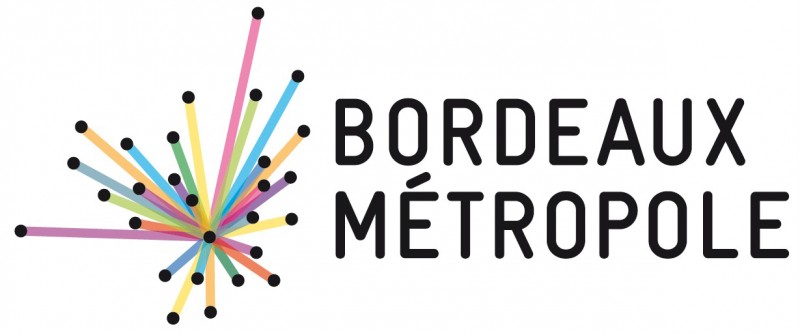
More than a logo, it's a real graphics system which has been proposed by Ruedi Baur. The Franco-Swiss designer, yet very critical in terms of territorial identities, we propose an identity movement in which each of the 28 municipalities of the metropolitan area should be able to identify.
The starting point of this reflection is the geography of the city. Each city is represented by a black dot. These 28 points interconnected by the colored beams is a star whose center varies Common highlighted. The result is a "living" logo that allows every citizen to locate its place of life, while showing his membership in the Metropolis. Thus the logo with the Bordeaux center has not quite the same form as the logo of Parempuyre, Ambes, Gradignan or Saint-Médard-en-Jalles.

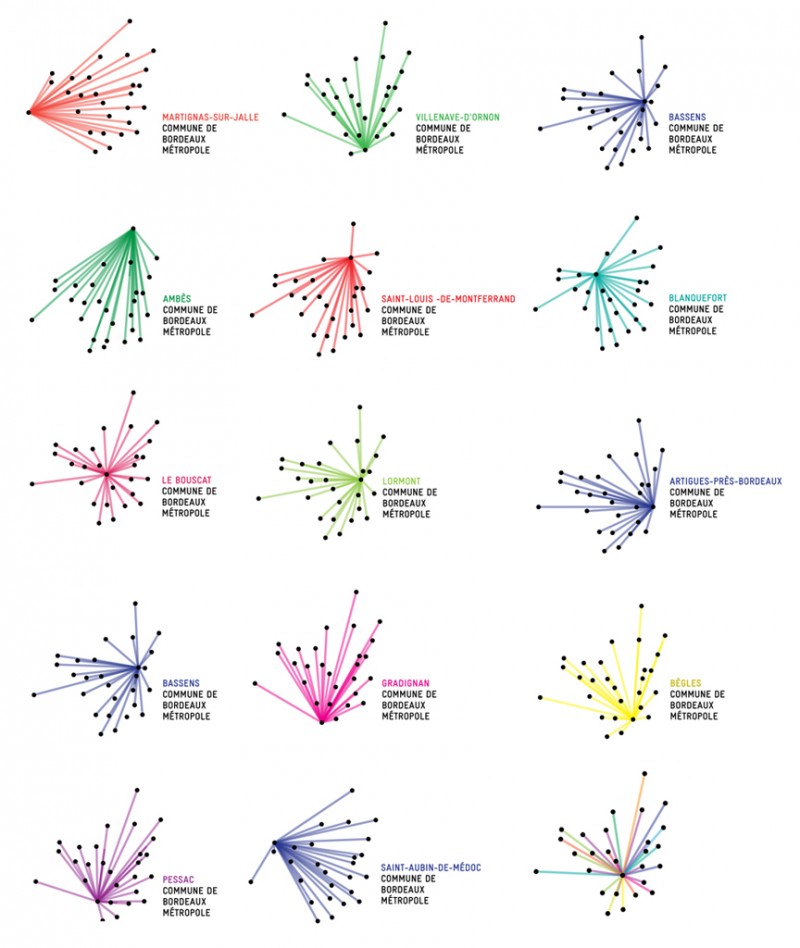
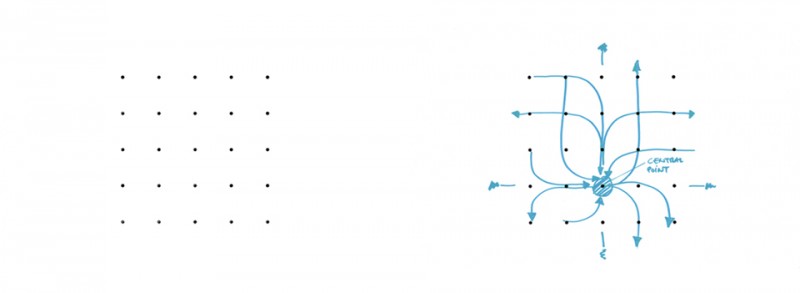
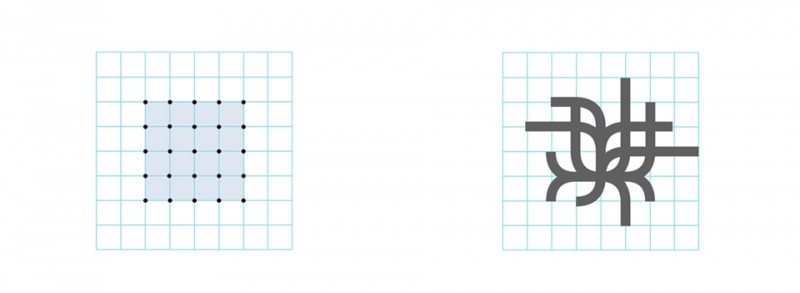
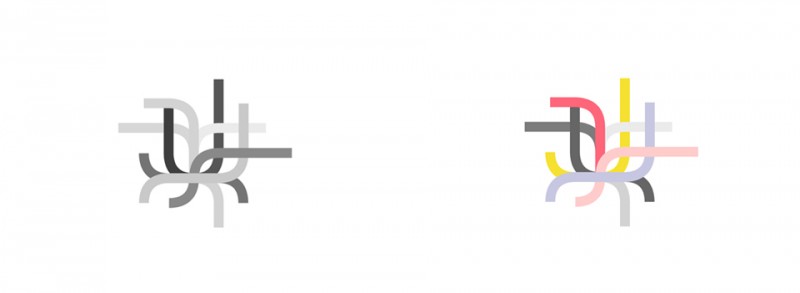
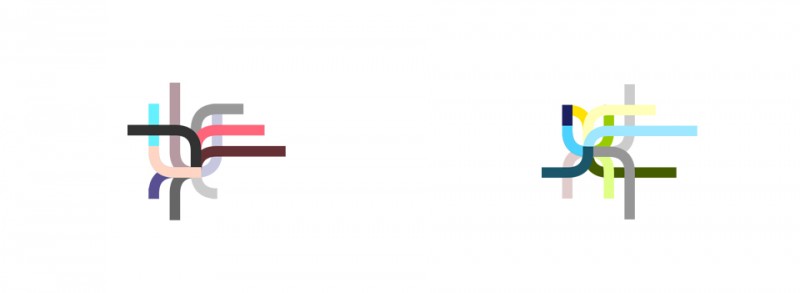
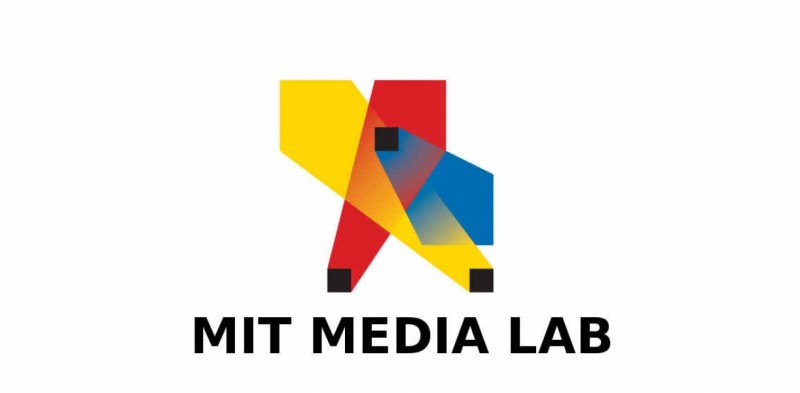
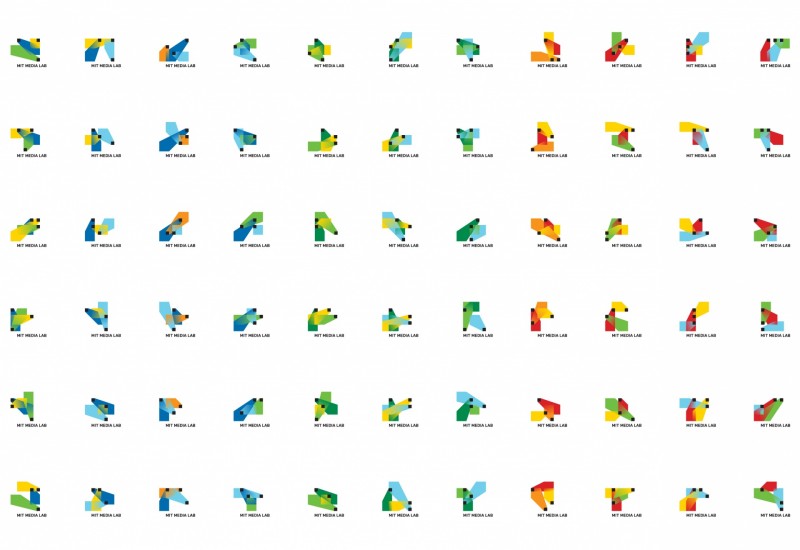
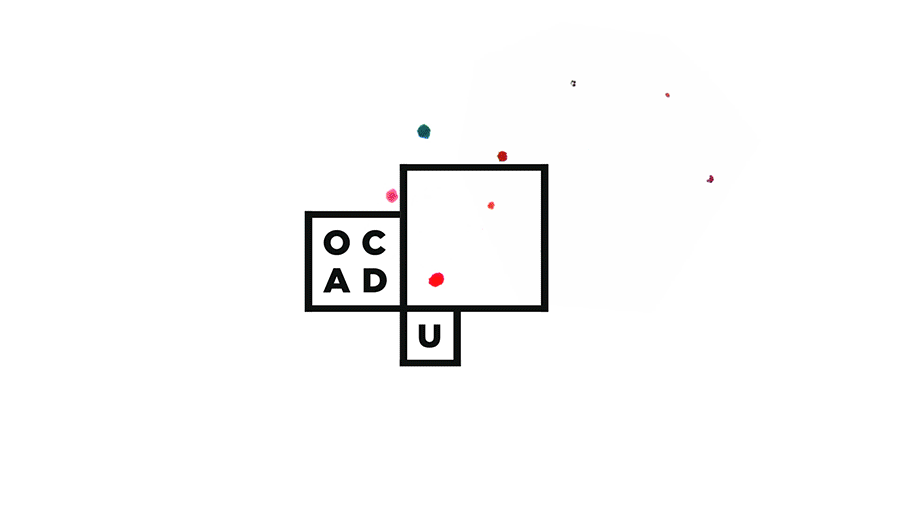
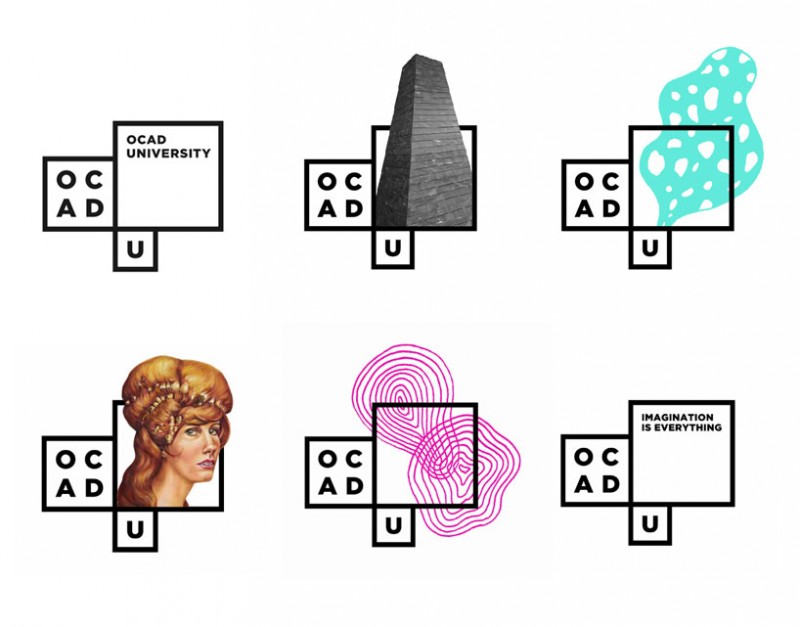
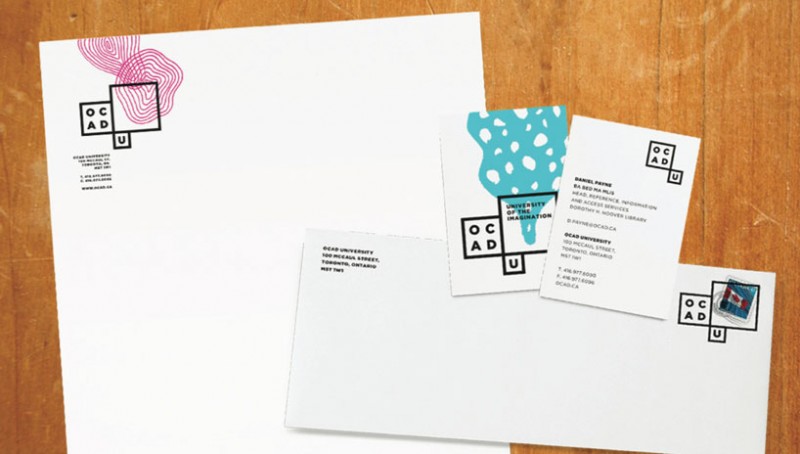
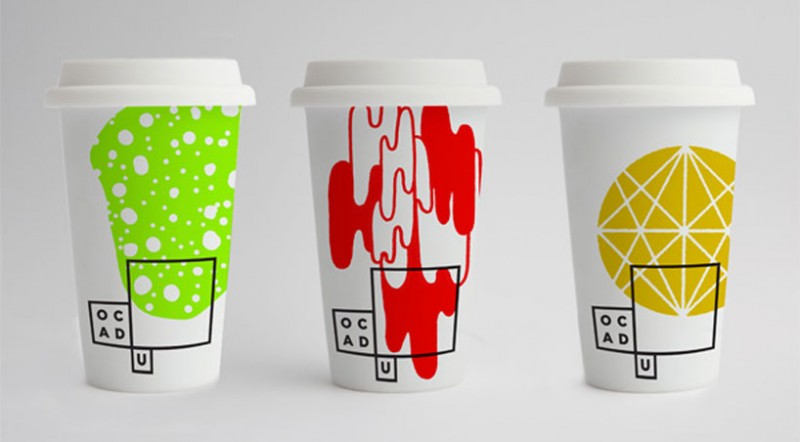
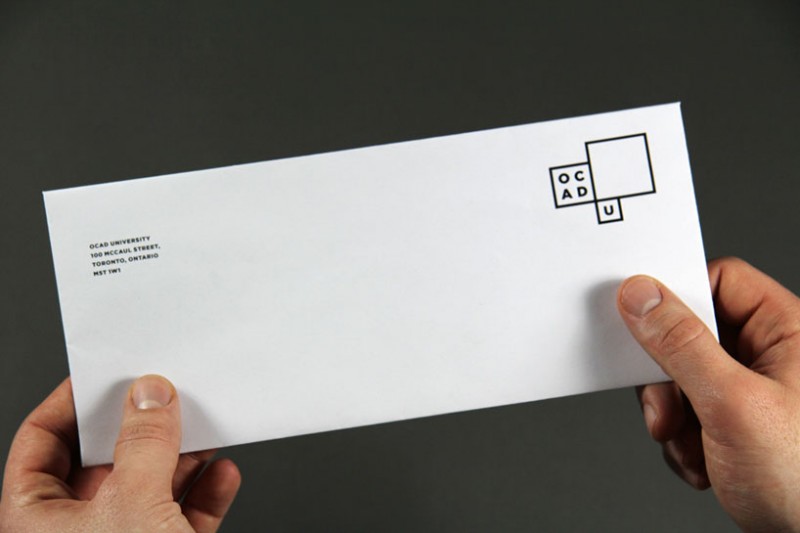
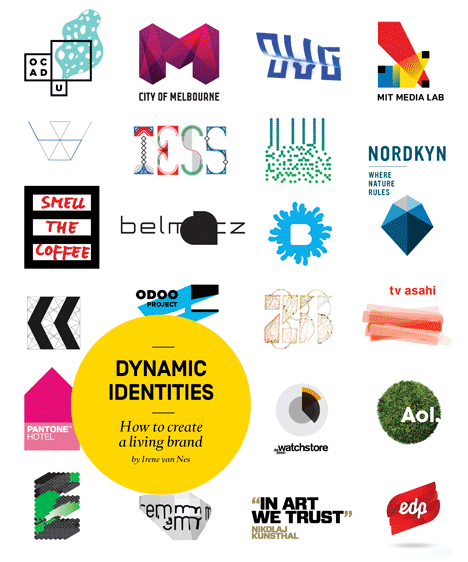
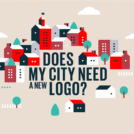
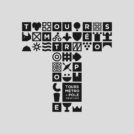

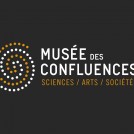
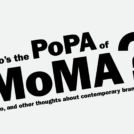
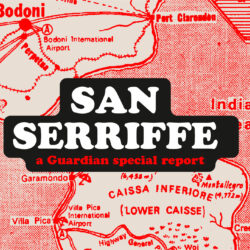 San Serriffe typographic Island
San Serriffe typographic Island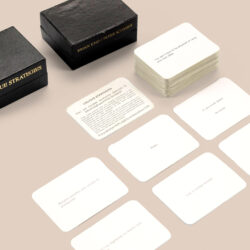 Design, creativity and oblique strategies!
Design, creativity and oblique strategies! Tote bag, a new social totem?
Tote bag, a new social totem?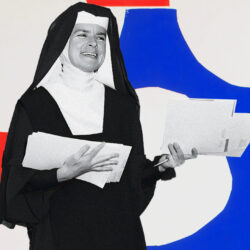 Sister Corita Kent, the Pop Art nun
Sister Corita Kent, the Pop Art nun Donald Trump, the martyr who makes history
Donald Trump, the martyr who makes history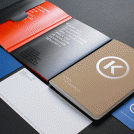 Khalvadjian Lawyers
Khalvadjian Lawyers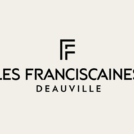 Les Franciscaines de Deauville – visual & editorial identity
Les Franciscaines de Deauville – visual & editorial identity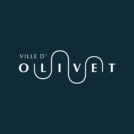 City of Olivet – Visual identity
City of Olivet – Visual identity Wyd group, business partner – Visual identity
Wyd group, business partner – Visual identity Mon-avocat.fr
Mon-avocat.fr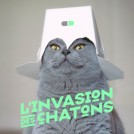 The kitten invasion
The kitten invasion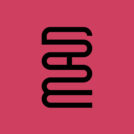 A mad logo for the “Musée des Arts Déco”
A mad logo for the “Musée des Arts Déco” Follow your passion or work with passion: a story about summit
Follow your passion or work with passion: a story about summit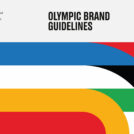 The new graphic charter of the Olympic Games
The new graphic charter of the Olympic Games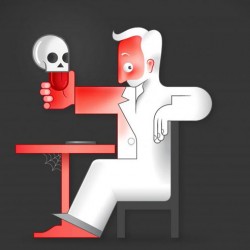
Leave a Reply